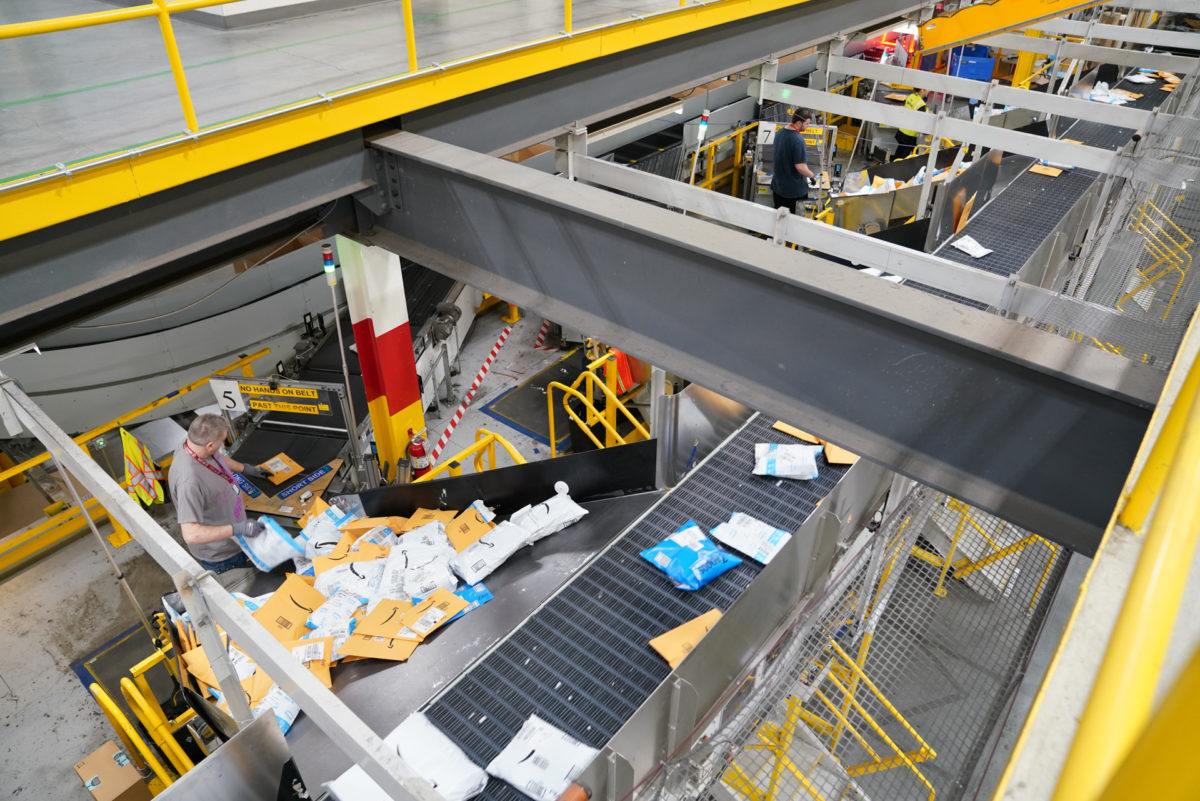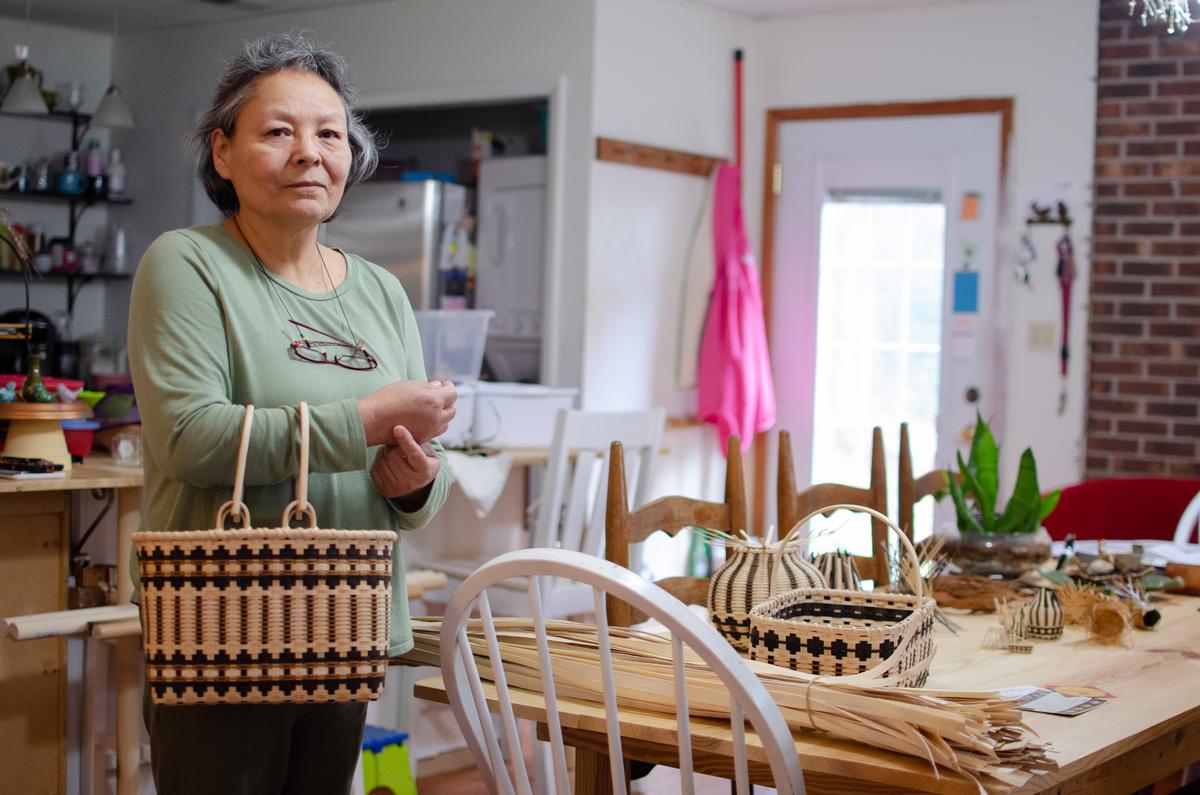Ten years ago, I gave birth at home, attended by midwives, largely because it seemed like the safest idea at the time. We lived, and still live, in rural Appalachian Ohio, in a small town with only one hospital. Due to the remoteness and poverty in my community, we don’t have enough medical care for all, let alone care that is accessible and up-to-date on best practices. The OBGYN, before I fired her, expressed a lot of concern about my hearing loss, that my child might be born “deformed” or “defective.” But it would have been over an hour’s drive to another hospital, possibly treacherous in late December, when my baby was due.
Midwives, health professionals trained in pregnancy, labor and delivery, who sometimes though not always assist in home births, seemed like the answer to me. Licensing of midwives varies from state to state, but in my state, they came to my home, undaunted by the regional roads. They allowed me to labor as I wanted and didn’t voice ableism about my disability. My child was born healthy.
Home birth has come and gone and come again. The traditional practice of laboring and delivering at home has been steadily gaining in popularity in the United States, with 1.61% of births in the nation labeled “out of hospital” in 2017. This is almost double the rate of non-hospital births since 2004.
Giving birth at home has remained steadily low in Appalachia, however, at under 1% throughout the region, according to a 2016 West Virginia Public Broadcasting report. Home births aren’t necessarily cheaper than hospital births, or covered by some insurances. Chronic medical conditions such diabetes and obesity, which often result from poverty, may also make some pregnancies in the Appalachian region high risk, decreasing the likelihood of home birth. Those with chronic conditions need to have quick access to a local hospital during childbirth — an issue in Appalachia, where rural hospitals have been closing for years.
But with fears of coronavirus leading many hospitals to forbid extra visitors, including co-parents or family, from being in the room with a person in labor, and with worries of catching the virus simply from being in a hospital, home birth seems more popular than ever. Will the pandemic prompt a return to traditional birthing practices such as home birth and midwifery? Could coronavirus change how we are born?
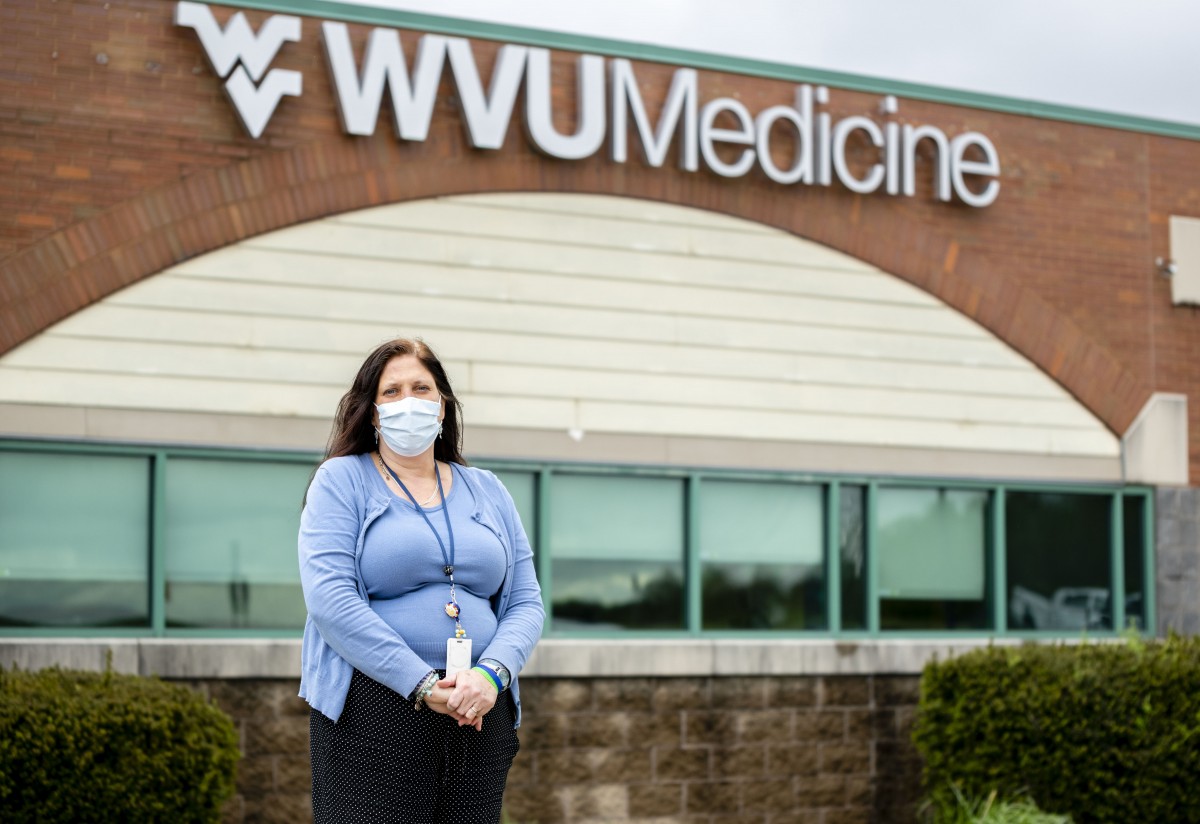
Lena Cerbone, a Certified Nurse Midwife who practices in West Virginia at WVU Medicine, said her schedule “has not changed at all,” though about half of her appointments have shifted to telemedicine, where a patient calls in via video conference. “But in obstetrics and midwifery, you can’t tell a baby to wait until after the pandemic.”
Across the Ohio River, Lauren Genter is a Certified Professional Midwife who has her own practice, Ohio Hills Midwifery. She said she has seen a “marked increase in people looking into choosing out-of-hospital birth as the threat of COVID looms.”
The policy of the American College of Obstetricians and Gynecologists is that “hospitals and accredited birth centers are the safest settings for birth [but] each woman has the right to make a medically informed decision about delivery.” But that statement was from 2017. The Cut reported that in New York in March of this year, the demand for midwives far outpaced capacity, while Vox reported Google searches for “home birth” were the highest they had been in the United States for five years.
In Appalachia, Cerbone said there has been a “huge shift — and it’s been out of fear mostly. The people who are afraid tend to not do [home birth]. They think, ‘can you come to my house?’ And I say I can’t because I’m on call for 200 people this month.”
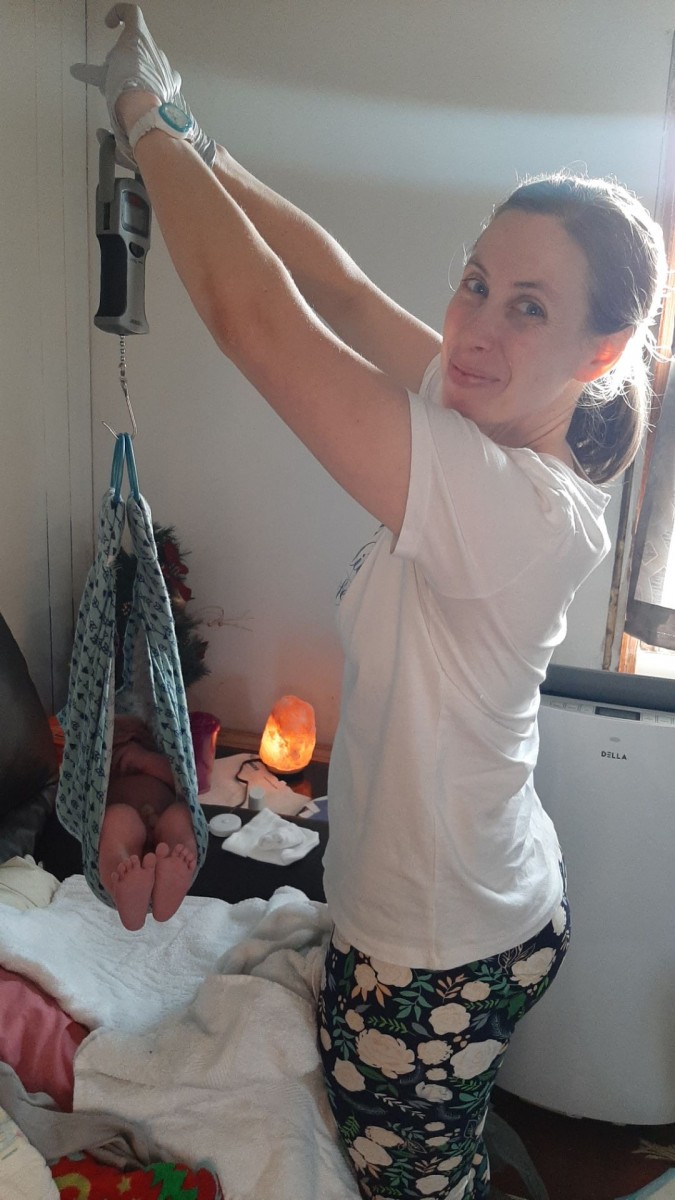
“My belief is that choosing where to give birth is always based on where a person or couple feels most comfortable,” Genter said, “and for some people, adding the threat of pandemic to the hospital side of the scale has been enough to tip some people [to home birth.]”
But wanting a home birth and getting or going through with one are separate things, predicated by access, income, insurance, health of the pregnant person, among other factors. Some birth practitioners, including midwives, won’t see new patients late into pregnancies, as providers want to have previously established patients’ medical history. Others, like the Roanoke Birth and Perinatal Center, are scrambling to keep up with increased need; the midwifery-based birth center in Virginia quickly remodeled part of their office to add another birthing suite for the pandemic overload of patients.
Genter, who has operated her practice for two years, after working as an apprentice for a decade, said that after a “whirlwind” first weeks of the pandemic, with protocols changing often, her practice has “settled into a new normal.” Genter is seeing all visits who don’t require clinical care virtually, spacing in-office appointments out, and disinfecting the office between every client.
“One challenge our clients are facing is difficulty getting some supplies needed for home birth, such as alcohol and gloves,” Genter said, adding that her practice and other midwives have relied on donations.
Midwives are not immune to the personal protective equipment (PPE) shortage impacting medical workers throughout the country, but one challenge midwives have had is getting authorities to believe they need PPE, including masks. Cerbone talked about the difficulty in getting N95 masks for her unit, despite the fact that assisting birth involves “someone yelling [in your face]”— the exact process by which many experts now say the coronavirus often spreads.
Because of the virus, hospital births too are going through drastic changes in what procedures can and cannot be done, and who can be there. “There’s no way to do an ultrasound at six feet,” Cerbone said.
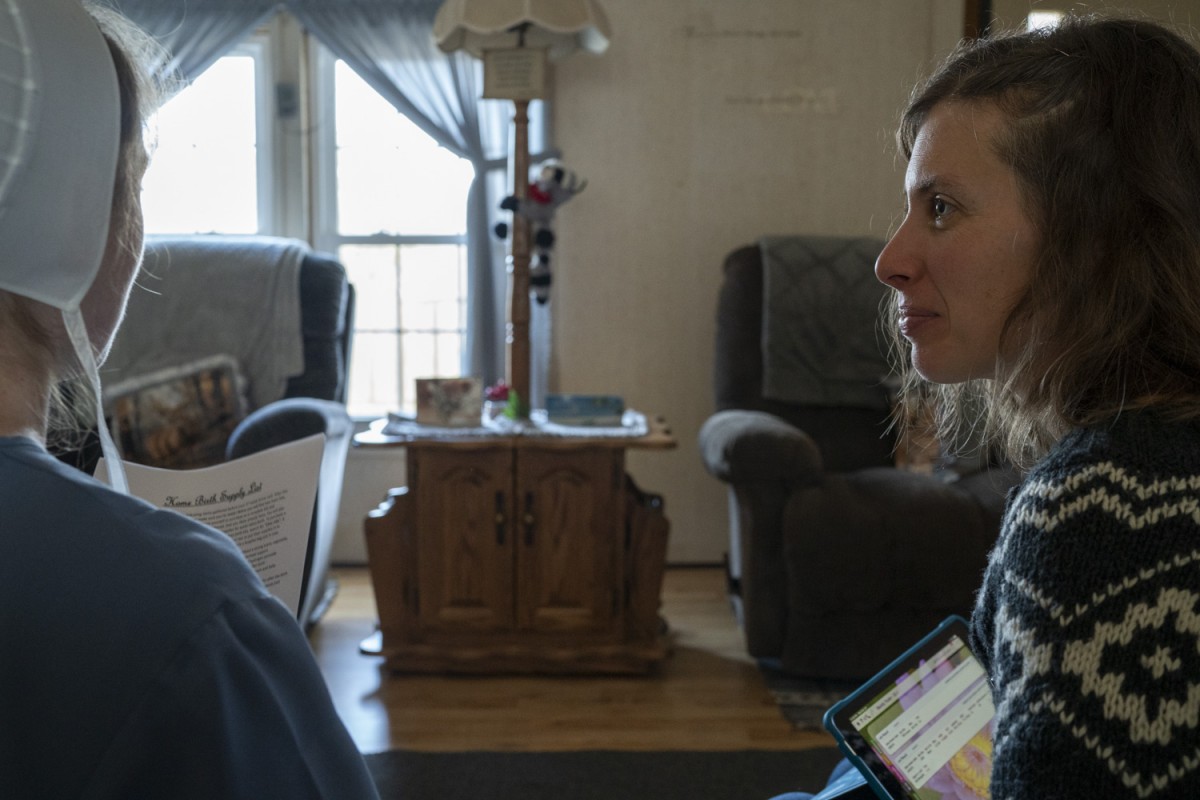
Due to overcrowded conditions and fears of the virus, hospitals are discharging new parents and infants sooner. Some evidence points to shorter hospital stays as beneficial for the health of the whole family, keeping them together sooner. Cerbone also talked about the advantages of conducting post-partum check-ins via phone or computer. Patients are more likely to keep these virtual appointments — which are easier than finding and paying for childcare and driving to a medical office and are essential for assuring new parents’ wellbeing at a time when many are vulnerable to postpartum depression and other issues.
Other coronavirus-informed changes may not be so positive. With hospitals limiting visitors in the delivery room to one person, patients are having to decide between their partners or their mom — or sometimes, their partners or their birth practitioner when that practitioner is a midwife.
“One of the hardest parts about the pandemic has been not being able to accompany a couple to the hospital if they need to transfer [due to an emergency],” Genter said. “I have always made it my protocol to stay by the side of my clients … The transfer of care feels more disjointed and fragmented than usual, which I fear impacts the birthing family most.”
Cerbone said people in labor now realize: “You have to choose. And you’re going to probably pick your partner. But then there’s the piece that every person is a vector.”
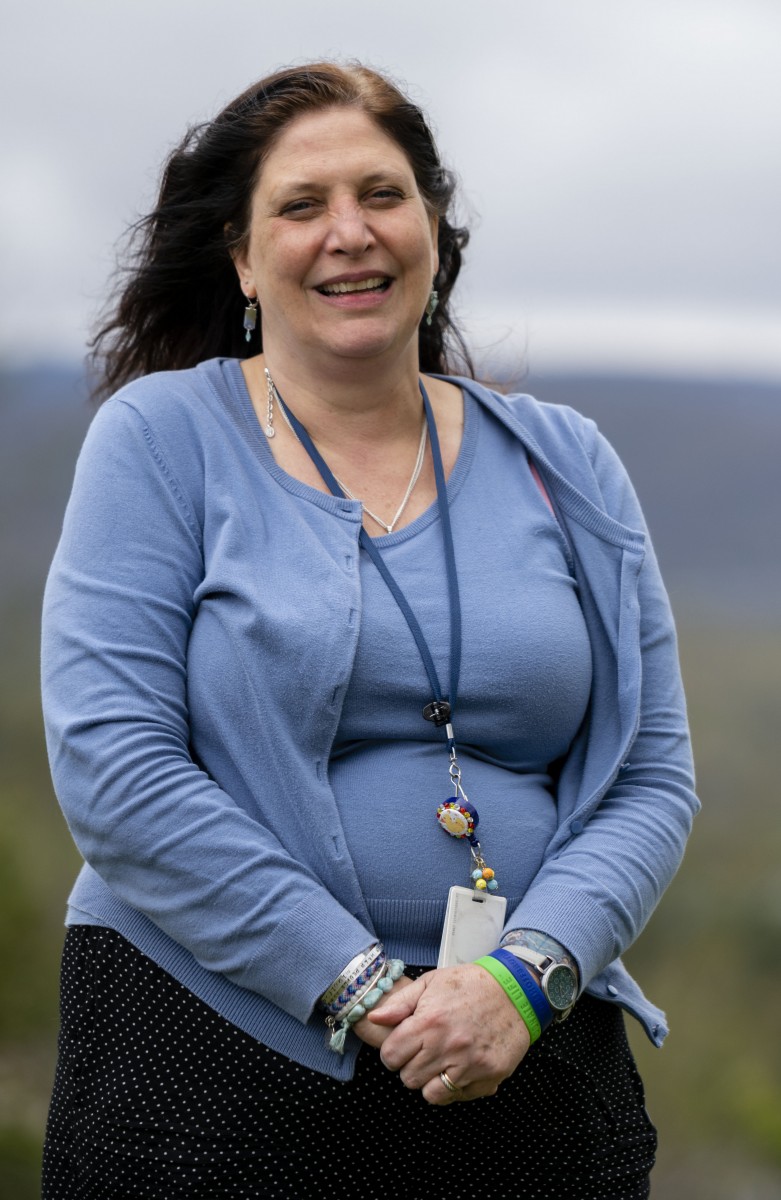
With the potential for partners being asymptomatic carriers of the virus, some midwives have argued that all family members need to be outside the delivery room — present only virtually, via videoconference or phone — to protect not only the person in labor, but medical staff.
“There’s a finite number of providers,” Cerbone said. “What if all the midwives get sick?” She paraphrased a fellow midwife on an online message board, who had asked the question: “You can put the husband on a FaceTime video — but if all the midwives die, then what?”
As a certified nurse midwife, Cerbone described feeling “like sort of a fake front line person because my patients are healthy.” But like many, she hopes that some positive change results from the pandemic, particularly in this country’s treatment of birth and its regard for midwives.
As the virus alters many aspects of ordinary life, including health care, the future of birth could potentially be found in its past, the traditional practices of home birth and midwifery.
“It is my sincere hope that the pandemic shines light on midwives and the way we help ease the burden on hospitals by caring for the people we are most qualified to care for: Low risk pregnant people,” Genter said. “As I say a lot, midwifery is the future.”
Though the ways and the world infants are being born into are changing rapidly, seemingly by the day, childbirth is a “normal thing that has to continue,” Cerbone said. And as “midwives say, they are the protectors of the normal.”
This article was produced with support from the One Foundation.


